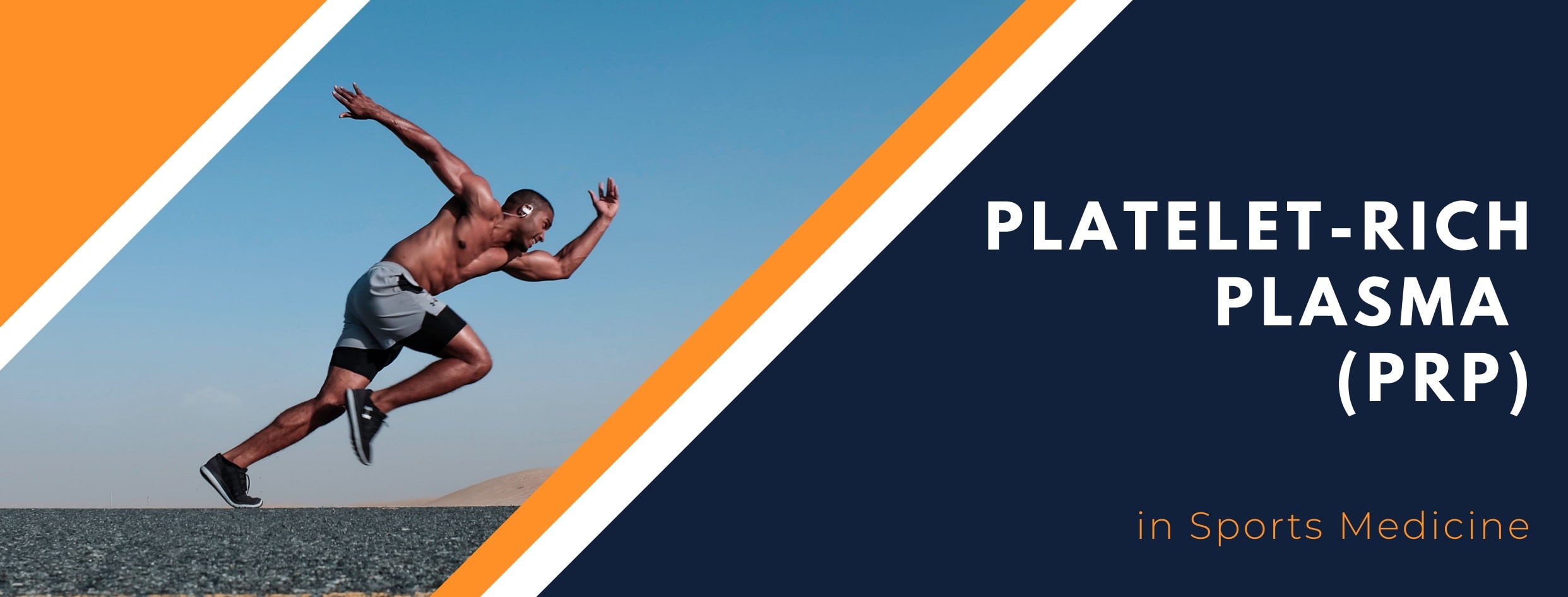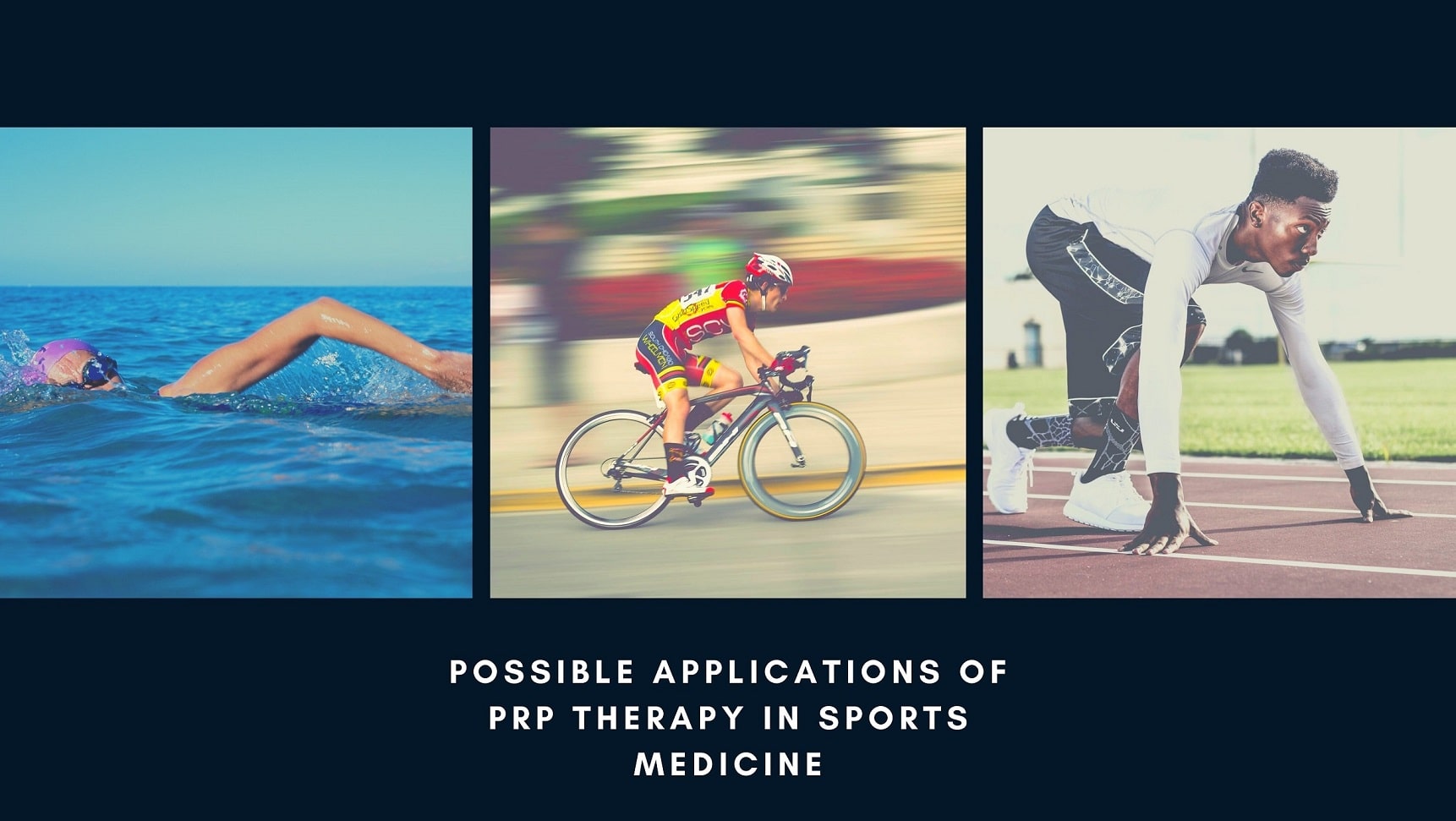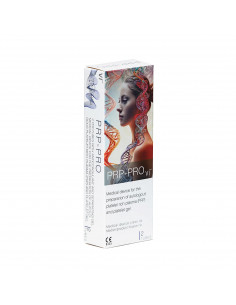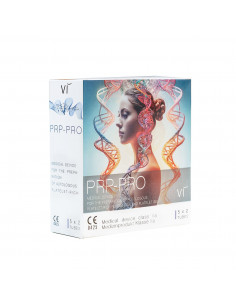Blood is the basis of life but also of the immune system, it significantly influences the quality of life of people.
The words "blood" and "life" - are synonyms!
PRP stands for the concentration of platelets in plasma that is higher than the equivalent normal number of platelets circulating in the body, but there are other definitions besides this one. Robert Marx was one of the first PRP researchers in maxillofacial surgery and defined PRP as 1 million or more platelets per microliter.
Other definitions include more than 2 to 6 times the intrinsic concentration. Some authors defined PRP as the concentration of (only) platelets in plasma, deliberately excluding white blood cells because they can be counterproductive and lead to increased inflammation and pain. Others emphasized the need to add leukocytes to the concentrate because they participate with platelet growth factors in macrophage-mediated tissue regeneration. Terminology can also be a source of confusion.
Although platelet-rich plasma is the most widely used term, some authors or PRP manufacturers use terms such as autologous conditioned serum (ACS), autologous conditioned plasma (ACP), or platelet growth factor (PDGF). There are subtle differences, but these are mainly platelet concentrates derived from the patient's own blood. The intrinsic nature of the composition is one of the most important safety aspects, as the possibility of patient rejection can be eliminated.
Platelets play an important role in the repair of damaged tissue. Platelet alpha particles contain growth factors with different biological effects. However, individual differences and different preparation methods affect the absolute and relative concentrations of these different factors in PRP, which may explain the differences in clinical outcomes. Platelet activator, thrombin, and calcium can release these factors rapidly to form a gel that can be used for open surgery but not for injections. Contact with damaged collagen and platelets by cytokine signaling also allows for more uniform platelet activation, allowing PRP to be applied to affected tissues without prior activation.
Plasma is obtained by centrifugation, separating blood components according to their respective density gradients.
The core of primary centrifugation is the separation of erythrocytes from plasma, which in turn contains platelets, leukocytes and coagulation factors.
Patients and physicians often confuse PRP therapy with stem cell therapy, since it is an endogenous preparation. Compared to stem cells, platelets can only survive 7-10 days and cannot multiply because they do not contain nuclei. The inability to proliferate may reduce the risk of carcinogenesis associated with stem cell therapy. Stem cell therapy is still considered experimental, while PRP therapy has been most widely accepted and used.






